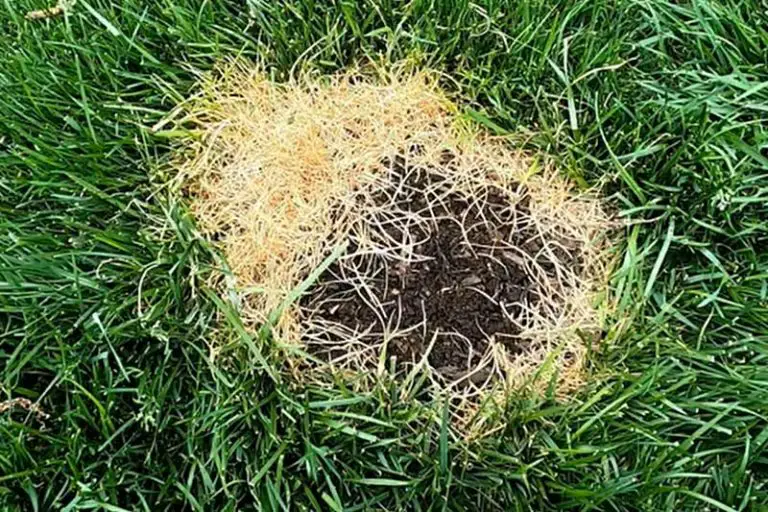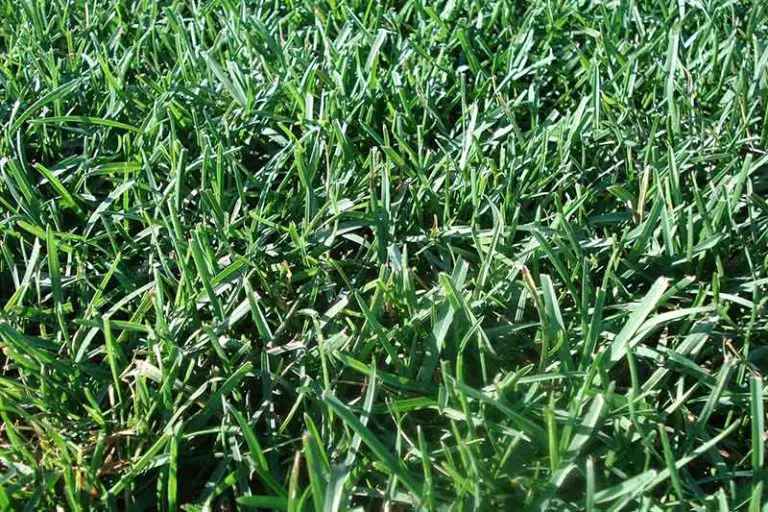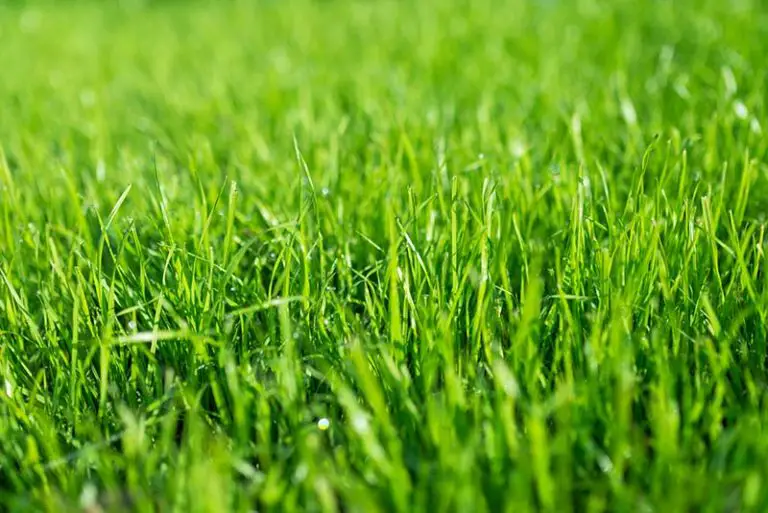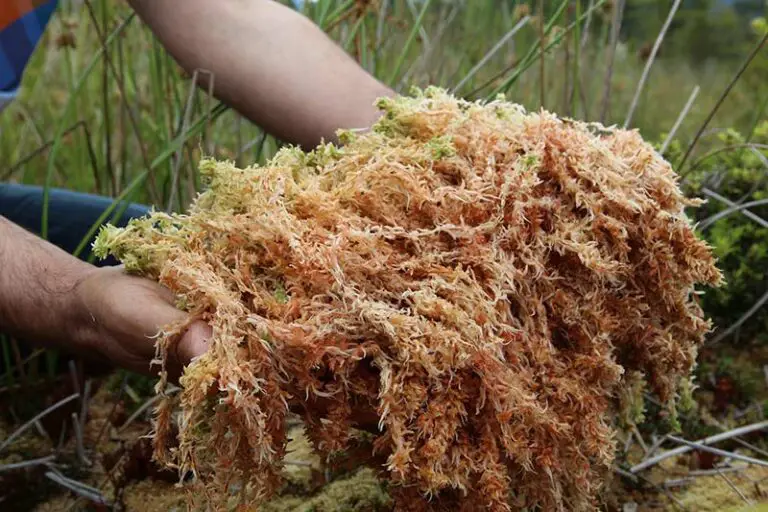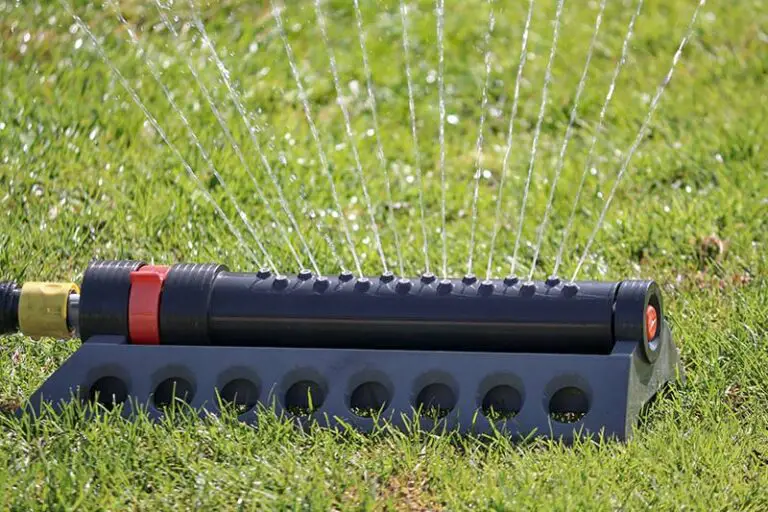How to Plant Grass Seed
Whether you’re thinking about overseeding an existing lawn, or attempting to grow a brand new lawn from scratch, you should take into consideration the various different factors that can affect the rate of germination and healthy grass growth. To ensure the success of your new and improved lawn, read through this handy guide that outlines all of the essential information you should know before attempting to plant grass seed.
When to Plant Grass Seed
The best time to plant grass seed depends on your chosen grass species and the typical climate of your area. Grass species are categorized as either ‘cool season grasses’ or ‘warm-season grasses’; both types will thrive in opposite conditions to each other.
When to Plant Cool-Season Grasses
The best time to plant cool-season grasses is during the early fall. At this time of year, soils are still warm, while daytime air temperatures are mild and nighttime temperatures are cool.
Cool-season grasses prefer a cooler climate and should be planted into lower soil and air temperatures to properly germinate and grow. This is why they’re also referred to as ‘northern’ grasses. They germinate best when sown into soils that are a temperature of 50-65 degrees Fahrenheit, which usually corresponds with air temperatures of around 60-75 degrees. You can monitor the exact temperature of your soil using a soil thermometer, easily purchased from your local garden store.
These serve as the ideal conditions for cool-season grass seedlings to germinate and become established before temperatures warm up again. The further north you live, the earlier you’ll experience these cooler temperatures and the ideal conditions for planting cool-season grasses. To work out the best time to sow your lawn with cool-season grass seed in your specific area, choose a date that’s roughly 45 days before you expect to see the first frost of fall.
Some examples of popular cool-season grasses include:
- Fine fescue
- Tall fescue
- Kentucky bluegrass
- Rough bluegrass
- Annual ryegrass
- Perennial ryegrass
When to Plant Warm-Season Grasses
The ideal time to plant warm-season grasses is during the late spring to early summer, as this gives the seedlings the benefits of warm soil temperatures and early seasonal rain.
Warm-season grasses thrive best in warm climates, being referred to as ‘southern’ grasses. For this reason, they should be planted into soil and air temperatures that are on the warmer side. They will germinate best when planted into soils that are consistently at a temperature of 65-70 degrees Fahrenheit, which usually corresponds with air temperatures around 80 degrees Fahrenheit or higher.
Again, the exact time of year that you plant warm-season grasses depends on your location and local climate. Warm-season grasses do best if they are planted at least 90 days before the first frost in fall, as it gives them time to become well established before winter. These grasses will go dormant in temperatures of under 55 degrees Fahrenheit.
Examples of popular warm-season grasses include:
- Bermuda grass
- St. Augustine grass
- Centipede grass
- Zoysia grass
- Carpet grass
- Bahiagrass
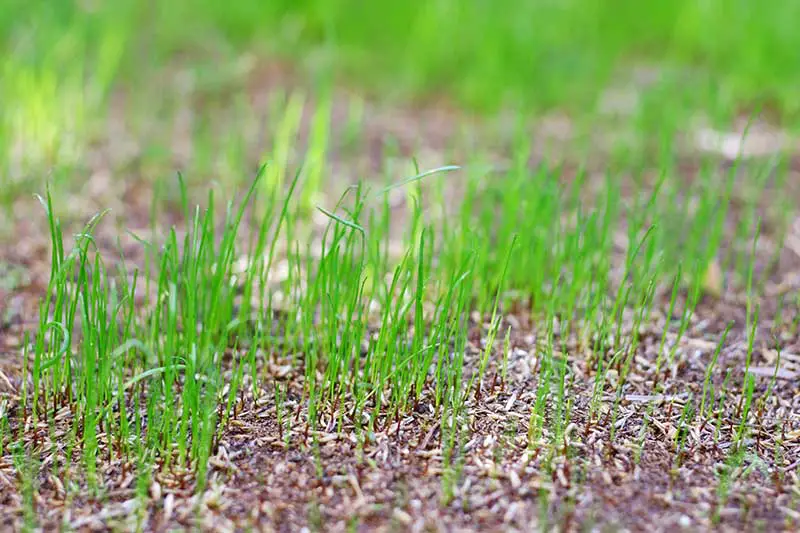
How Long for Grass Seed to Germinate?
Generally speaking, grass seed germination takes around five to ten days. When the seeds have germinated, the grass should then continue to grow, ideally gaining around 2/3cm in height per week.
Factors That Affect Grass Seed Germination
Different grass seeds germinate at different rates. The length of time it will take for your grass seed to grow will mainly depend on the time of year, the level of moisture in the soil, and the grass species you’re trying to grow.
Time of Year
Arguably the most important factor in grass seed germination is the time of year in which the seeds are planted. Grass seeds will be unable to germinate if they’re planted into cold soil and air temperatures, so it isn’t recommended at all to attempt planting the seeds during winter, as this is when grass stops growing in general. A cold spring can also have this effect, as the seeds are unable to germinate until the weather warms up. Exposed seeds are vulnerable to getting eaten by birds or blown away.
On the other hand, conditions that are too warm can impact grass seed germination and inhibit growth. In the hotter summer months, the soil will become dried out and won’t be able to provide enough moisture for the seeds to grow.
Moisture of the Soil
For optimal germination, grass seed will thrive in moist soil that’s not too wet and not too dry. You should take care to keep the soil consistently moist, but it’s recommended to use a fine hose nozzle or spray setting to prevent puddles from forming on the soil, as these can inhibit seed germination or wash the seeds away completely.
Grass Species
There are a few different species of grass, and each type will germinate at slightly different rates. You should look up your chosen grass seed to find out its exact germination rate. For a general guide, hardwearing seed mixtures that contain grasses like ryegrass and red fescue will germinate quite quickly, in around four days. Other types of seed, particularly bent and meadow grasses, may take a longer period of up to two weeks to grow.
How Long Does it Take for Grass Seed to Grow?
As a rough idea, if grass seed is planted into ideal conditions, you should see initial growth within about 10 days of sowing the grass seed, and the grass should be fully established around 6 to 8 weeks later. After the grass is fully established around this 6 to 8-week mark, it will be completely safe to walk on and make use of your new lawn.
Different types of grass seed will grow at different rates, so you should do more research into your specific species of grass to have a solid understanding of how long it will take your new lawn to grow; we have listed the typical germination times of each grass species in our article on how long it takes grass to grow.
Will Grass Seed Grow if Not Covered?
It is possible for grass seed to germinate and grow uncovered on top of the soil’s surface. However, if you neglect to cover your grass seed, it’s likely that you will see low germination rates, and the growth of weaker, lower-quality grass plants. For example, uncovered grass seed is very often eaten by birds or blown or washed away in bad weather.
How Much Grass Seed Do I Need?
To grow a brand new lawn from grass seed, you should use a ratio of 25-30g of grass seed sowed per 10 square feet. In the case that you’re overseeding to restore an existing lawn, reduce this quantity to 12-25g per 10 square feet.
How to Calculate Grass Seed Quantity for a Square or Rectangular Lawn
1. Measure the length and width of your seeding area
Firstly, measure the length and width of your seeding area in feet using a measuring tape. You should take these measurements at least twice to ensure accuracy.
2. Multiply the length by the width of your seeding area
Using the measurements you’ve taken, multiply the length by the width to find out the area in square feet.
3. Multiply the area in square feet by the suggested seed amount
For new lawns, multiply the area in square feet by 0.03kg. For existing lawns, calculate the area in square feet by 0.025kg.
How to Calculate Grass Seed Quantity for a Circular Lawn
1. Measure the diameter (widest part of the lawn) of your seeding area
Take at least two measurements using a measuring tape across the widest section of your lawn to determine the length of its diameter in feet.
2. Divide the diameter by two, multiply it to find out the area in square feet
Divide the measurement you have taken by two, this is called the radius (R). With that figure, you can calculate the area using this formula: Area = R x R x 3.14.
3. Multiply the area in square feet by the suggested seed amount
For new lawns, multiply the area you have just determined by 0.03kg. For existing lawns, multiply this figure by 0.025kg.
How to Plant Grass Seed
Grass seed can be planted either by scattering it by hand or using a handheld seed spreader. If sowing using a seed spreader, contact the manufacturer of your device to find out how to calibrate the correct setting that will suit the spreading rate of your chosen grass seed. If you’re planning to plant the seeds onto a large area or onto difficult-to-reach areas such as slopes, you may benefit from a more specialized method of sowing grass seed known as ‘hydroseeding‘.
How to Plant Grass Seed on a New Lawn
1. Prepare the Planting Area
Clear the planting area to prepare it for sowing by removing any large stones and debris. Remove any weeds either by hand or with the application of a weed killer.
2. Improve Soil Quality in Planting Area
Till the soil to a depth of around 6 inches to aerate it and break up areas of compaction. This will enable better drainage and helps with nutrient distribution. Remove any other debris and weeds that are unearthed in the process. Add a new layer of topsoil if the current soil seems to be low quality.
3. Level the Seedbed
Rake the planting area. Level it out by dragging a straight edge (e.g. a length of heavy timber) in different directions across the surface of the seedbed. Firm the area using your foot or a lawn roller to the point that you can stand on the surface without imprinting on it. If your planting area is severely uneven, i.e. filled with deep depressions or high mounds, follow our guide How to Level a Yard to carry out a more extensive leveling job.
4. Let the Soil Settle
Leave the soil for about a week so that any potential sinkage will occur and can be rectified before sowing the grass seed.
5. Do Final Preparations on the Planting Area
Use a rake to lightly work the surface of the soil and create a fine tilth. You have the option of adding a fertilizer at this point; starter fertilizer contains the nutrients needed by grass seedlings to grow strong root systems.
6. Plant the Grass Seed
Sow your grass seed of choice at a rate of 50g per 1 square yard. You can either do this by hand or by using a seed spreader.
6. Rake the Newly Planted Seed
Rake the grass seed immediately after sowing to incorporate it evenly into the soil.
7. Compact the Soil in Planting Area
Compact the soil and grass seed either by foot or by using a lawn roller. This improves soil to seed contact, increasing the chances of fast and healthy germination.
How to Plant Grass Seed on an Existing Lawn (Overseeding)
1. Prepare the Planting Area
Scarify or rake the planting area to loosen the soil. Remove any debris, dead grass, weeds, or moss that you can see.
2. Plant the Grass Seed
Sow the seed into the soil at a rate of 35g per yard squared. You can do this either by hand or using a seed spreader.
3. Rake the Newly Planted Seed
Rake the grass seed straight after sowing so that it’s incorporated evenly amongst the existing grass.
4. Compact the Soil in the Planting Area
Compact the soil back down either using your foot or with a lawn roller to improve soil to seed contact.
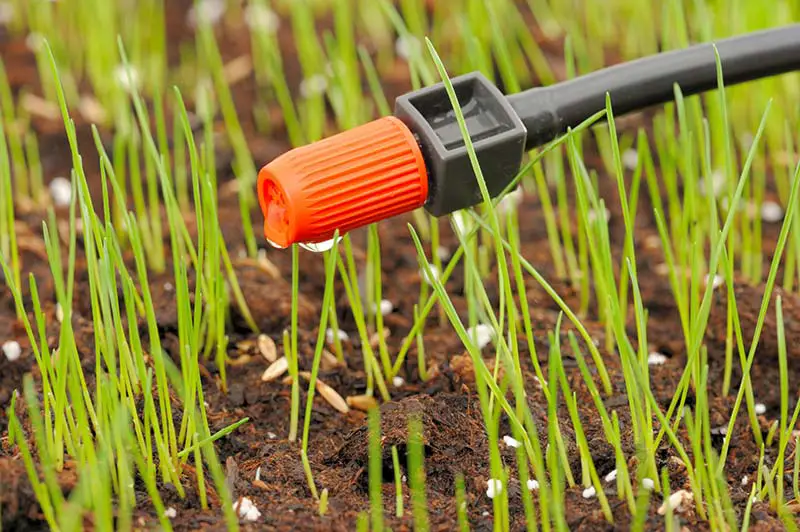
How Often to Water Grass Seed
When watering new grass seed, your goal is to keep the soil moist without oversaturating it. The seeds will die if they dry out, so maintaining a consistent level of moisture in the soil is key. With that said, too much water can cause the seeds to rot, or wash them away entirely.
You should initially water the soil several days before you’re planning to plant the grass seeds, making sure it’s saturated to a depth of about 6-8 inches. After planting the grass seed, immediately water the soil for 5-10 minutes to dampen the first few inches.
From this point on, you should make sure to maintain a consistent amount of moisture in the seeding area to provide the grass seed with optimal conditions for growth. How often you should water your new grass seeds will depend on the weather conditions in your area, as the amount of natural rainfall will have an impact on the amount of watering you will have to do yourself. If you’re in an area or season that doesn’t see much rainfall, you should water the seeding area twice per day, enough to dampen the top two inches of soil.
How Long Does Grass Seed Last?
Grass seed is renowned for its resilience, as it can last anywhere between 2 to 10 years. However, this is dependent on the conditions in which it’s stored, and even under optimal conditions, the grass seed’s germination rate will drop by 10 percent each year.
How you store your grass seed will have the biggest impact on how long it lasts, and affects how much the quality of the seed decreases over time. The best way to store grass seed for later use is to keep it in a cool, dark space that is free of humidity. Grass seed that has been packaged into sealed containers immediately after harvesting will have a longer shelf life, as opposed to bagged grass seed which tends to succumb more quickly to the negative effects of humidity.
Also, higher-quality grass seed will last a lot longer than a low-quality seed, as the way in which it was harvested has a direct impact on the overall germination rate of the seed. Store-bought grass seed comes with a ‘tested date’, as well as a germination rate that is usually measured at 80% or higher – this is the rate at which you can expect your grass seed to germinate at if used within the first year of the packaging date. The germination rate of grass seed stored under optimal conditions will generally decrease by around 10 to 20% over each subsequent year of storage. As the germination rate decreases, you will need to sow a higher quantity of seeds in the planting area to achieve the same results.
You can find out more information on how to correctly store grass seed to preserve its viability in our article ‘Does Grass Seed Go Bad?‘.

